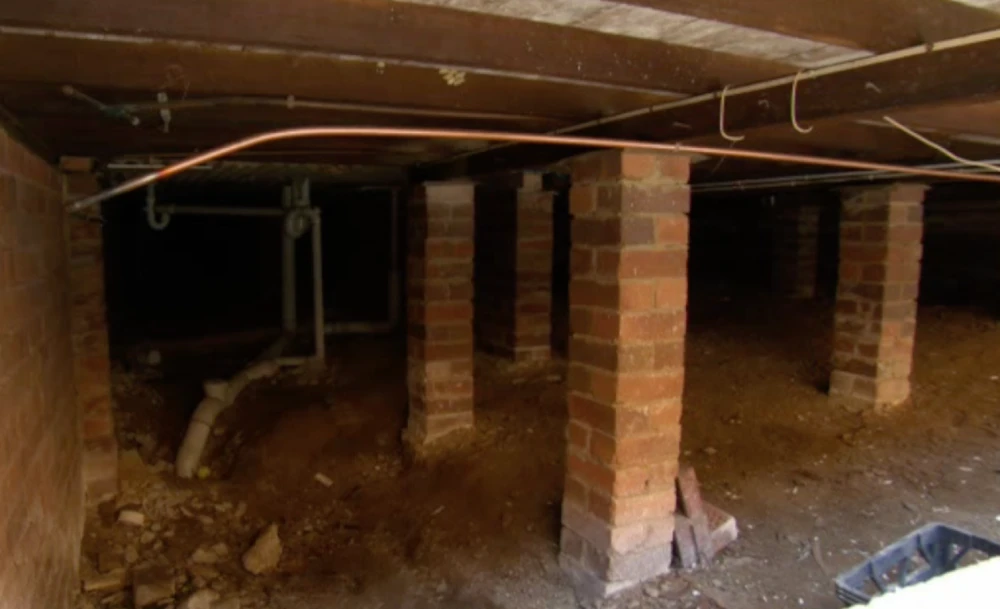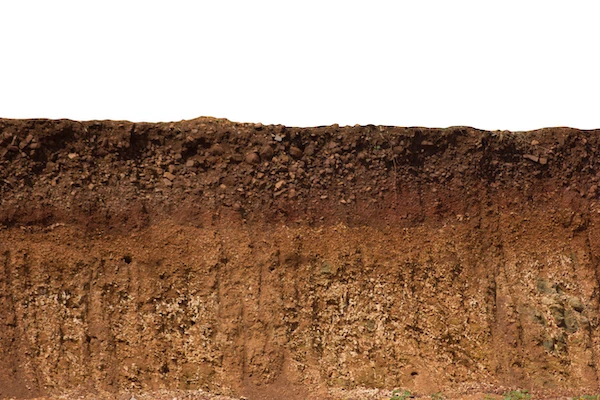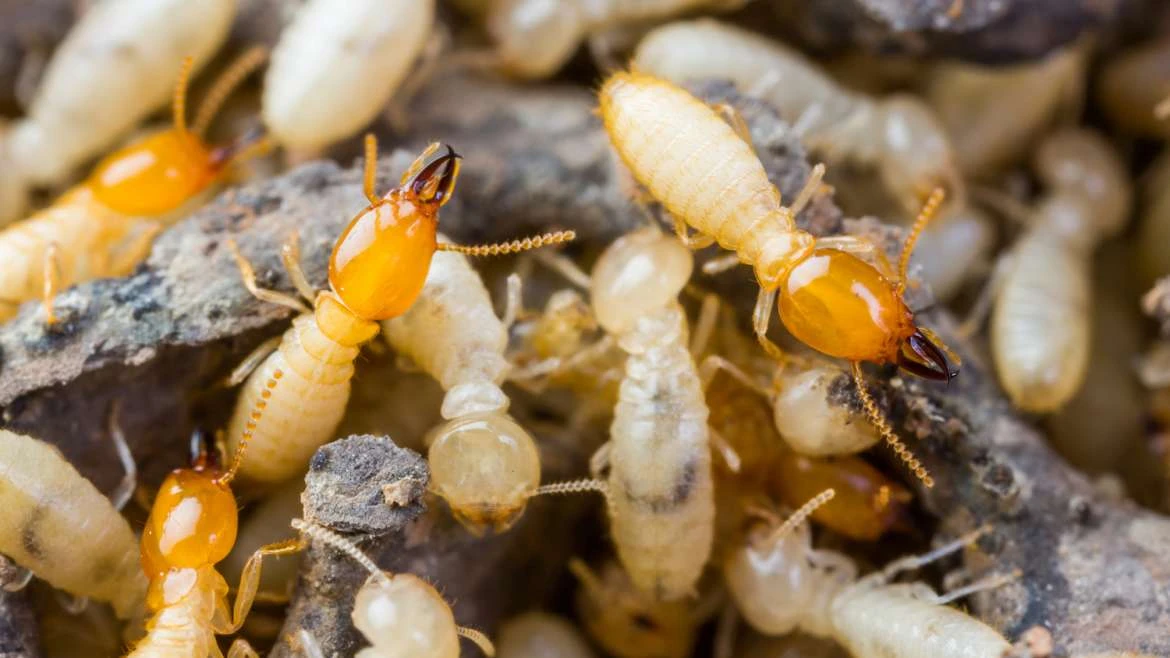If you think your home might be under attack from termites, it can feel like a pretty scary situation. We’ve all read the headlines about homes that have been destroyed by termites! The important thing is to call a professional who’ll walk you through the options to get on top of the problem as quickly as possible. Understandably, one of the first questions people ask is, “How much does a termite treatment cost?” This is a good question, with more than one answer.
A reputable pest control company knows that there are several ways to address a termite problem – which means there’s no such thing as a fixed price. There’s certainly no one-size-fits-all solution. Homeowners should be wary of any pest control company that gives quotes over the phone, or fixed prices, without proper knowledge of the problem. With a range of factors that can influence the products used and the cost of the overall treatment, the only way to properly quote on a termite treatment is to carry out a site visit and inspect the property and detail the nature of the problem.
There are two parts to a termite treatment: the first part is to eliminate active termites from the building; the second part is to protect the property from future termite attack.
Eliminate termites from the building
To eliminate active termites from the building, the choice of product depends on the species of termite present, the level of infestation and the location of the activity. Termite dusts, foams and baits may be used. Depending on the product and the situation, it can take anywhere between a couple of weeks and several months to eliminate the colony. Termite baits take longer but they also eliminate the nest attacking your home. The cost is generally impacted by the length of time it takes to eliminate the termites.
However, the main cost – and the one that varies the most – is in the treatment to provide lasting protection from future termite attacks.
Installing an ongoing termite protection system
Once the termites are eliminated, it’s time to install an ongoing termite protection system. It can be tempting to leave things to chance and avoid this additional cost, but with one in three Australian homes suffering from termites, it is wise to protect your investment by installing a protection system.
There are two main types: chemical termite treatments (which are injected into the soil around the house) and termite monitoring/baiting systems (where plastic stations are discreetly installed underground around the property). Generally, there is a greater upfront cost with chemical treatments, and lower ongoing costs, whereas monitoring/baiting systems are more cost-effective upfront, but have higher ongoing costs. Whichever system is installed, an annual termite inspection will still be needed, as this is a requirement to keep the warranty valid.
There are four main aspects that need to be taken into account before recommending the best course of action, which in turn will impact the cost of the termite treatment.
4 factors affecting the cost of a termite treatment
1) Size of your home
If your home is large with a long perimeter, it will require a greater level of protection than a small home with a smaller footprint.
2) How your home has been constructed
Houses come in all shapes and sizes, but there are two basic construction types: homes built on piers and homes built on concrete slabs. For example, if a termiticide treatment is applied, for concrete slab homes this generally means only the soil around the perimeter of the building needs to be treated. But if the home is built on piers, then the soil around each pier in the sub-floor also needs to be treated – all potential termite entry points need to be protected. The construction style of your home is a big factor in determining what kind of termite protection treatment should be used, and the amount of work it might take to install it.

3) Depth of the foundations
The bottom part of a building’s foundation is called a footing. The depth that these footings delve into the soil below can typically range anywhere from 300 mm to 600 mm below the surface. When applying a termite treatment to the soil around a building, it is necessary to dig down and apply the product to a depth of at least 50 mm below the top of the footings. So, if the footings of a house are 600 mm below ground, then this means digging to 650 mm – which takes a lot more work than digging to only 350 mm (in the case of the footings only being 300 mm below ground). Deep foundations = more work, and a higher cost of treatment.
4) Type of soil present
As any gardener will know, heavy clay soil or rocky sandy soil is difficult to work with! If installing a soil termiticide treatment then this works best when applied to sandy loam soil. This is because the chemical can be evenly distributed within the soil and can bind effectively to the soil particles, essentially, ‘sticking’ to them. If the soil around the home is heavy clay or rocky and sandy, then it will need to be replaced with a sandy loam soil, then the treatment applied. In some cases, such as for a larger property, this may not be the most cost-effective option, which is where alternatives, such as termite monitoring and baiting systems, can come in.

As termite damage isn’t covered by standard home insurance policies, it can be difficult to find the funds to cover a sudden unexpected expense. But as your home is likely your most valuable asset, going for the cheapest termite treatment option isn’t always the best idea. A reputable pest control company will understand your needs and will be happy to provide a free treatment quote. When it comes to termites, it pays to go with an experienced professional who is licensed and fully insured to carry out the work. Rebel Pest Professionals will happily visit your home, take the time to understand the issue, and provide you with treatment recommendations – all free of charge.
Learn more about our termite treatment process.

